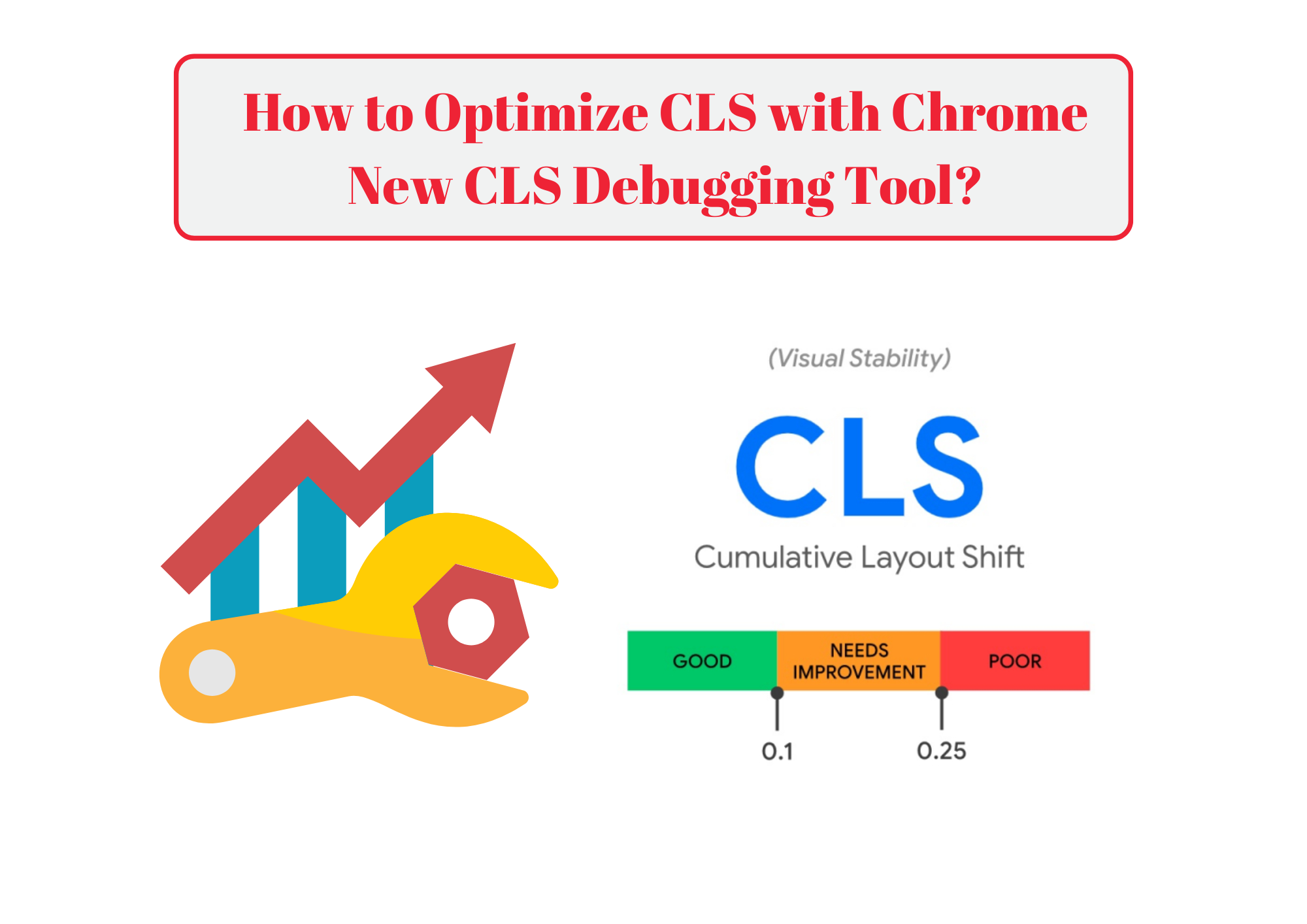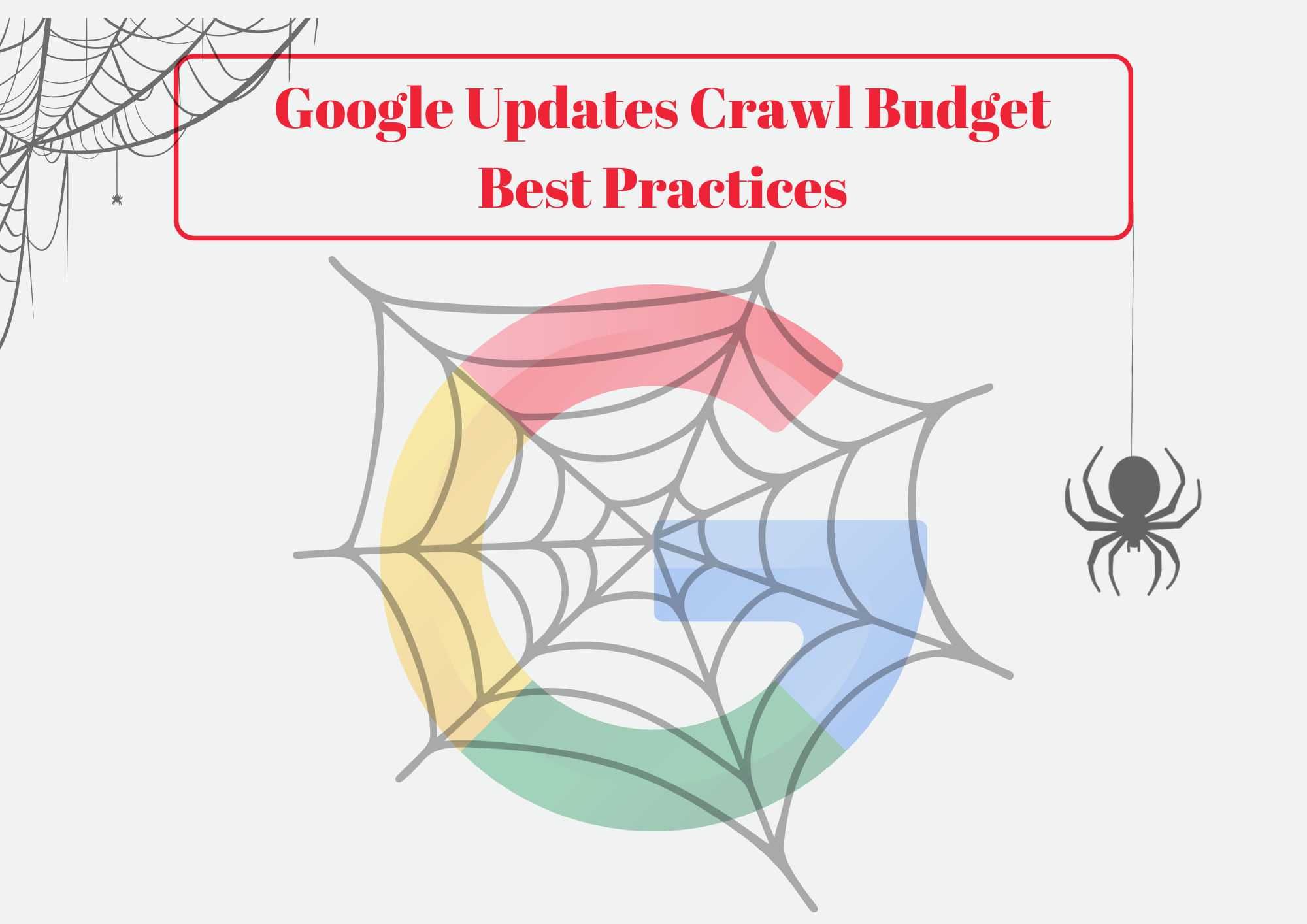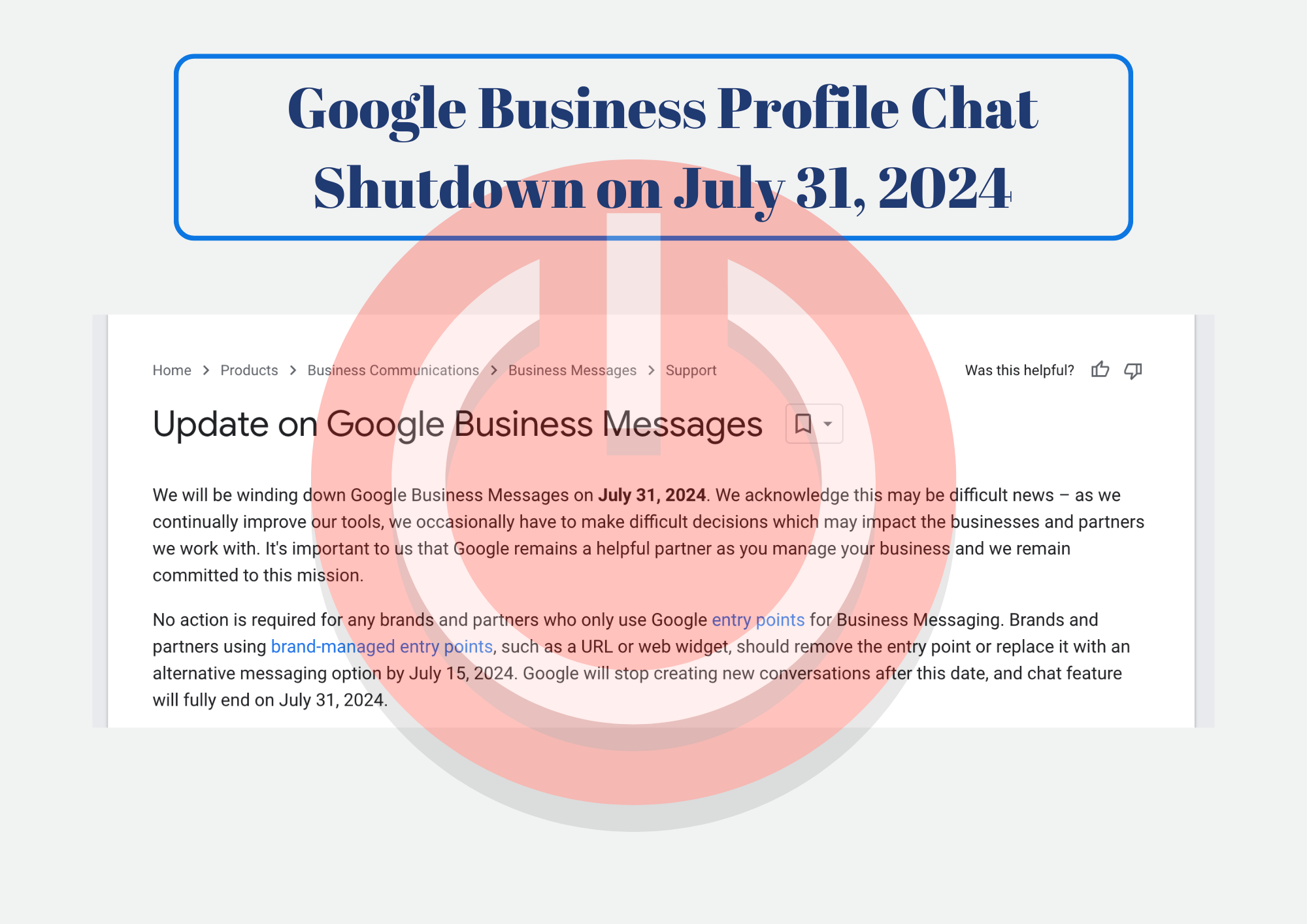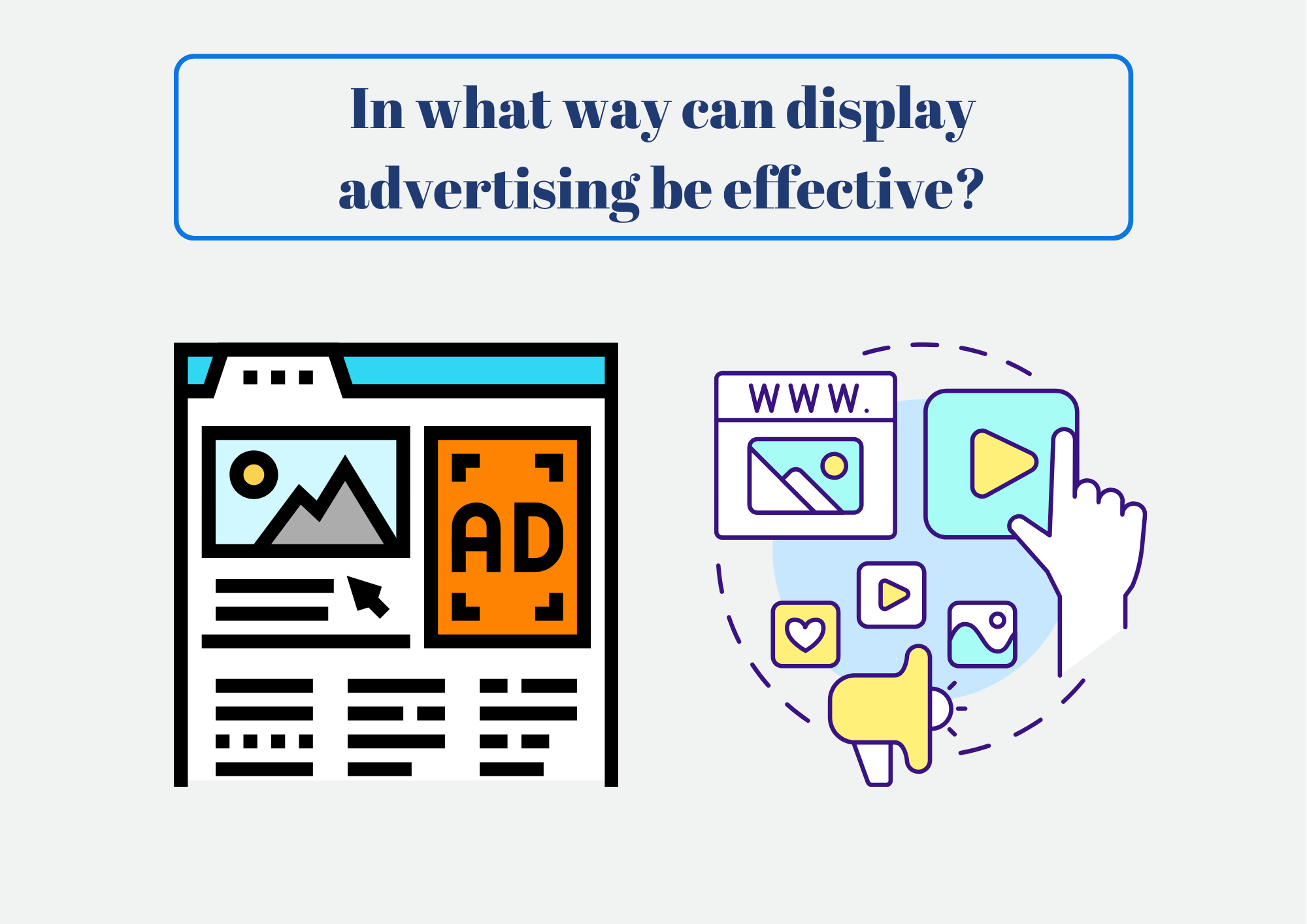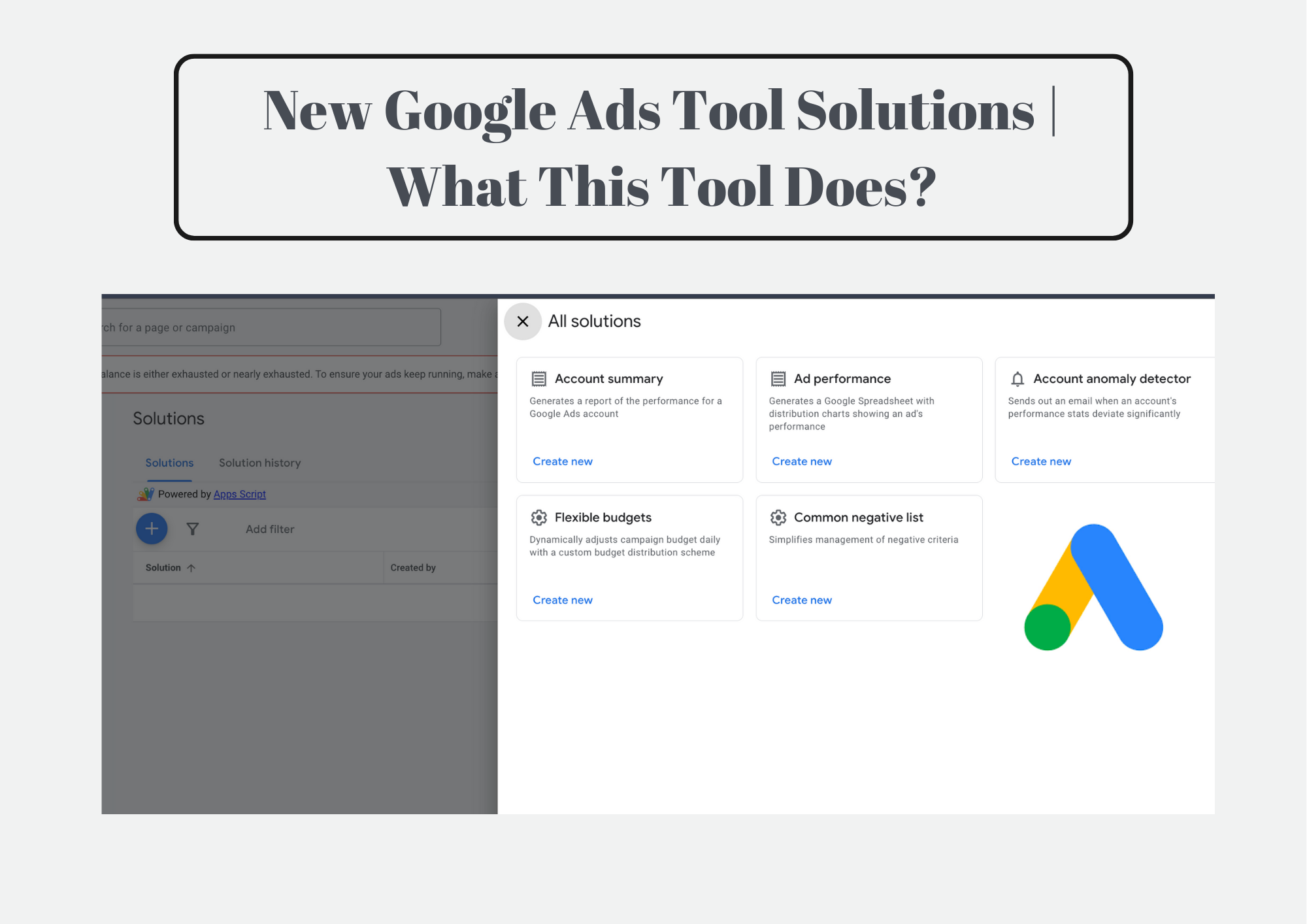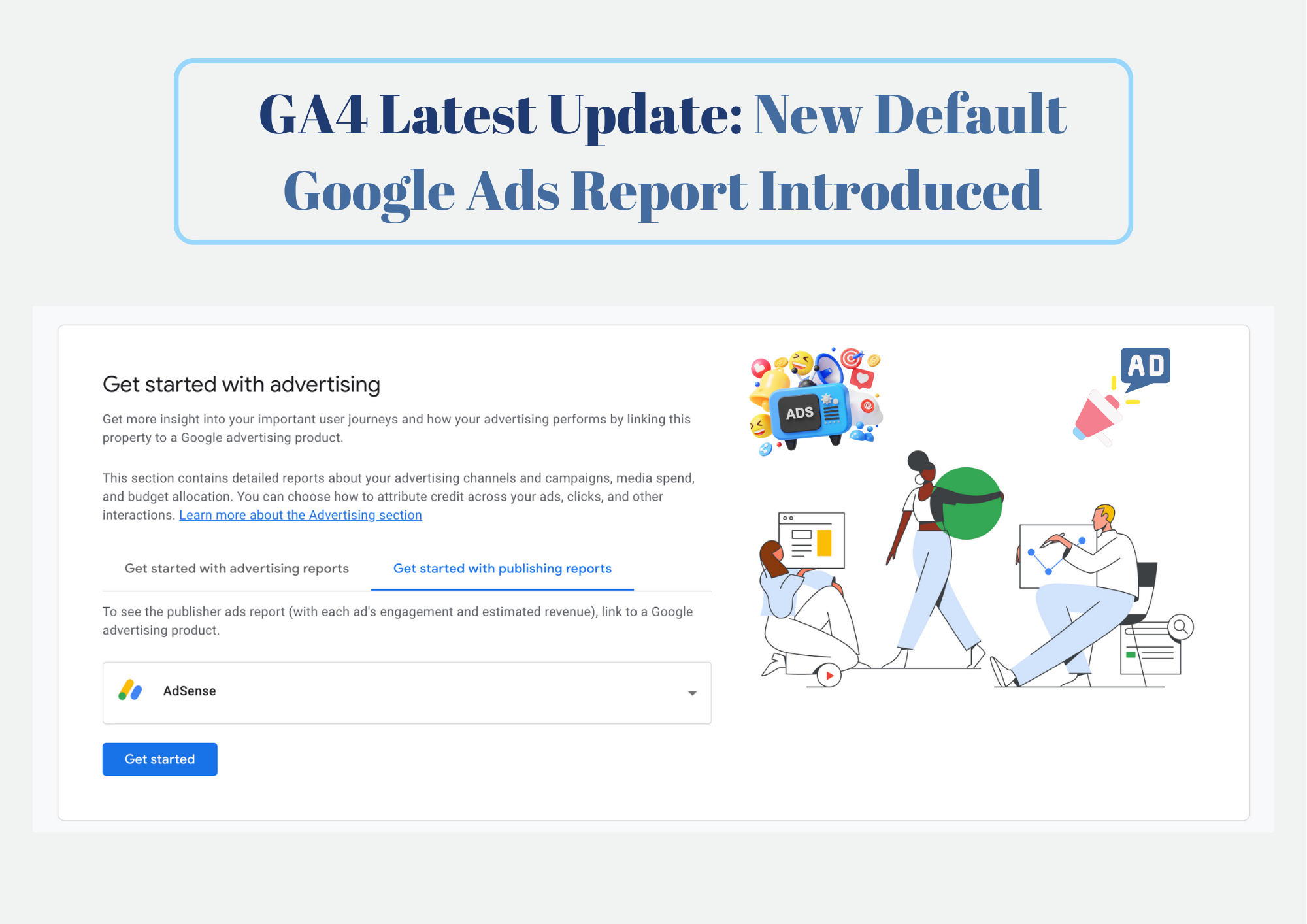
In the ever-evolving landscape of digital marketing, staying informed about the latest tools and updates is crucial. Google Analytics 4 (GA4), the future of web analytics, recently received a significant update: the introduction of a new default Google Ads report. This exciting addition empowers marketers with a centralized hub within GA4 to analyze and optimize their Google Ads campaigns, streamlining workflows and unlocking valuable insights.
Key Takeaways:
- Google Analytics 4 (GA4) now features a new default Google Ads report, simplifying access to campaign performance data.
- This report provides valuable insights into key metrics like clicks, impressions, conversions, and user acquisition.
- Marketers can leverage this update to optimize their Google Ads campaigns and gain deeper customer understanding.
What is the New Google Ads Report in GA4?


The Google Ads report in GA4 offers a comprehensive view of your Google Ads campaign performance directly within the GA4 interface. It eliminates the previous need to switch between platforms, providing a seamless and integrated experience. This report showcases key metrics such as:
- Clicks: The total number of times users clicked on your ads.
- Impressions: The number of times your ads were displayed.
- Conversions: The number of desired actions users took after clicking on your ad (e.g., purchases, sign-ups).
- User Acquisition: Insights into how your ads are driving new users to your website or app.
This readily available report empowers you to:
- Gain a holistic view of your advertising efforts: Analyze campaign performance alongside other GA4 data, providing a deeper understanding of user behavior and campaign effectiveness.
- Make data-driven decisions: Use precise metrics to identify high-performing campaigns, optimize underperforming ones, and allocate resources efficiently.
- Simplify reporting and analysis: Save time and effort by eliminating the need to switch between platforms and manually compile data from multiple sources.
How to Use the Google Ads Report:
Accessing the Google Ads report in GA4 is straightforward. Simply follow these steps:
- Log in to your GA4 account.
- Navigate to the “Acquisition” section.
- Select “Google Ads” from the list of channels.
Here, you will find a wealth of information, including:
- Campaign performance: Analyze metrics like clicks, impressions, and conversions for individual campaigns.
- Audience insights: Understand demographics, interests, and behaviors of users who interacted with your ads.
- Attribution modeling: Explore different attribution models to assess the impact of various touchpoints on user journeys and conversions.
By delving into this report, you can gain valuable insights to:
- Identify which ad formats and keywords resonate best with your target audience.
- Optimize ad copy and landing pages for improved conversion rates.
- Allocate your advertising budget more effectively based on data-driven insights.
Impact of This Update:
The introduction of the Google Ads report within GA4 signifies a significant step forward for marketers. This update offers several key benefits:
- Enhanced User Experience: Streamlines workflows by allowing users to analyze all campaign data within a single platform.
- Improved Efficiency: Saves time and resources by eliminating the need to switch between platforms and manually consolidate data.
- Deeper Data Analysis: Enables comprehensive campaign analysis alongside other GA4 data, providing a holistic view of user behavior and campaign effectiveness.
According to a recent study , 60% of businesses utilize Google Ads for their marketing efforts. This new update empowers them to leverage the combined power of GA4 and Google Ads more effectively, potentially leading to increased campaign ROI and improved customer acquisition.
Conclusion:
The new default Google Ads report in GA4 represents a valuable addition for marketers and businesses seeking to optimize their advertising efforts. This integration facilitates a seamless user experience, empowers data-driven decision making, and unlocks deeper campaign insights. By embracing this update, businesses can gain a competitive edge and achieve their marketing goals with greater efficiency and effectiveness.
